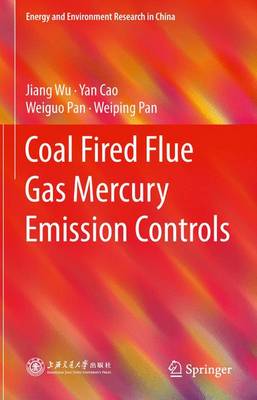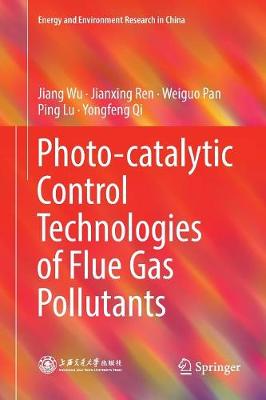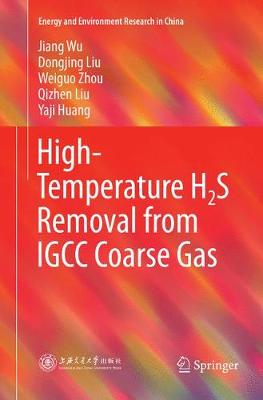Energy and Environment Research in China
3 total works
Coal Fired Flue Gas Mercury Emission Controls
by Jiang Wu, Yan Cao, Weiguo Pan, and Weiping Pan
Mercury (Hg) is one of the most toxic heavy metals, harmful to both the environment and human health. Hg is released into the atmosphere from natural and anthropogenic sources and its emission control has caused much concern. This book introduces readers to Hg pollution from natural and anthropogenic sources and systematically describes coal-fired flue gas mercury emission control in industry, especially from coal-fired power stations. Mercury emission control theory and experimental research are demonstrated, including how elemental mercury is oxidized into oxidized mercury and the effect of flue gas contents on the mercury speciation transformation process. Mercury emission control methods, such as existing APCDs (air pollution control devices) at power stations, sorbent injection, additives in coal combustion and photo-catalytic methods are introduced in detail. Lab-scale, pilot-scale and full-scale experimental studies of sorbent injection conducted by the authors are presented systematically, helping researchers and engineers to understand how this approach reduces the mercury emissions in flue gas and to apply the methods in mercury emission control at coal-fired power stations. Readers will arrive at a comprehensive understanding of various mercury emission control methods that are suitable for industrial applications.
The book is intended for scientists, researchers, engineers and graduate students in the fields of energy science and technology, environmental science and technology and chemical engineering.
Photo-catalytic Control Technologies of Flue Gas Pollutants
by Jiang Wu, Jianxing Ren, Weiguo Pan, Ping Lu, and Yongfeng Qi
This book introduces the theory and applications of nanometer photocatalysis, and it briefly presents the concept of photocatalysts, photocatalytic reaction mechanisms and kinetics, and photocatalytic reactor design. In addition, the use of photocatalysis in the control of flue-gas pollutants is discussed in detail.
The book also describes how a photocatalytic reactor is designed and implemented to evaluate the photocatalytic oxidation capacity of different photocatalysts on elemental mercury in a simulated flue gas. After that, the effect of photocatalysts on the SO2, NOx and Hg removal in the flue gas is studied. Photocatalytic cleaning technology can be applied not only in gas pollutant cleaning at power plants, but also in wastewater purification.
Readers gain a comprehensive understanding of possible mercury emission control methods and the industrial applications of these technologies.
High-Temperature H2S Removal from IGCC Coarse Gas
by Jiang Wu, Dongjing Liu, Weiguo Zhou, Qizhen Liu, and Yaji Huang
This book provides extensive information on high-temperature H2S removal for integrated gasification combined cycle (IGCC) coarse gas, together with briefly introductions to the concept of clean coal technology, and to the mechanism and kinetics of hot coal gas desulfurizers.
Readers will gain a comprehensive understanding of available control methods for high-temperature H2S removal in IGCC coarse gas and how the technology has been adopted by industry. As such, the book offers a unique resource for researchers and engineers in the fields of energy science and technology, environmental science and technology, and chemical engineering.


